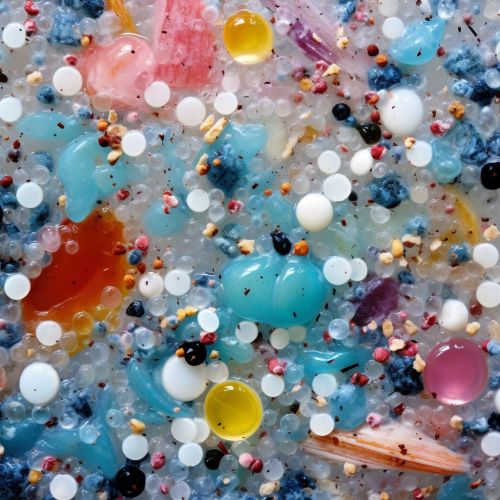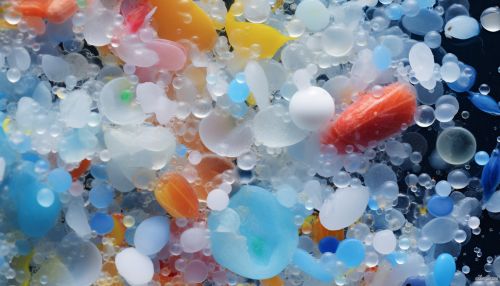The Role of Microplastics in Marine Ecosystems
Introduction
Microplastics are small plastic particles, typically less than 5mm in size, that originate from a variety of sources and have become a significant environmental concern, particularly in marine ecosystems. They are a subset of marine litter, which also includes larger plastic debris. Microplastics can be primary, manufactured for specific uses such as in personal care products, or secondary, resulting from the degradation of larger plastic items.


Sources of Microplastics
Microplastics can originate from a variety of sources. Primary microplastics are intentionally produced small plastic particles. They are used in a range of products, including cosmetics, personal care products, and industrial scrubbers, which are used to blast clean surfaces. Secondary microplastics are the result of larger plastic items breaking down over time due to environmental factors such as sunlight and wave action. This category includes fragments of plastic bags, bottles, and fishing gear.
Transport and Distribution of Microplastics
Once in the environment, microplastics can be transported by wind and water currents. They have been found in every corner of the globe, from the Arctic to the Antarctic, and from the surface of the sea to the deepest ocean trenches. Microplastics can also be found in the sediments on the seafloor, in the water column, and even in Arctic sea ice.
Impacts on Marine Life
Microplastics pose a threat to marine life at all levels of the food chain. Small marine organisms, such as plankton and invertebrates, can ingest microplastics, which can then accumulate in their bodies. Larger animals, including fish and marine mammals, can ingest microplastics either directly, or indirectly by consuming prey that have ingested microplastics.
Impacts on Human Health
The potential impacts of microplastics on human health are still not fully understood. However, there is concern that microplastics could accumulate in the human body through the consumption of contaminated seafood. Furthermore, microplastics can absorb and concentrate harmful chemicals from the surrounding environment, which could potentially be released into the body upon ingestion.
Mitigation and Management Strategies
Mitigation and management strategies for microplastics include reducing plastic production and consumption, improving waste management systems, and developing biodegradable alternatives to traditional plastics. In addition, there is a need for further research to better understand the sources, distribution, and impacts of microplastics, and to develop effective strategies for their removal from the environment.
